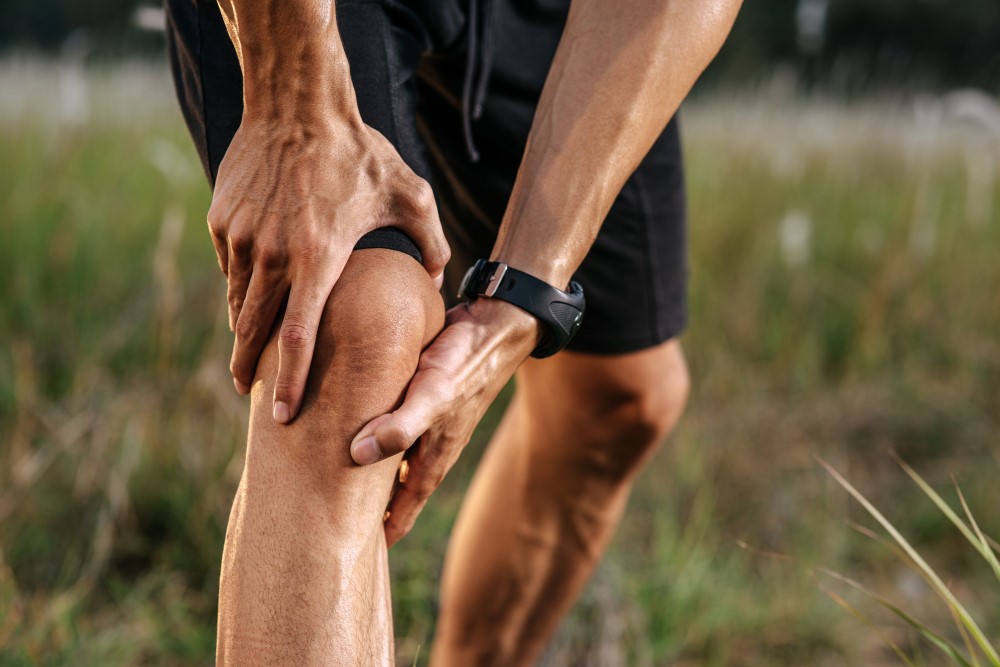Cartilage acts like a cushion for our joints. It’s the soft, rubbery stuff you find in your ears and nose. In our joints, it helps smoothen movements by reducing friction. It doesn’t have blood vessels, so it gets nutrients from nearby tissues. That makes it super important, yet delicate.
Every step or jump puts pressure on our joints. Cartilage helps absorb this stress. Factors like aging and being super active can wear it down. This wear can lead to pain, as it reduces the cushioning for your bones. This means problems can pop up over time.
For Indians, who often enjoy activities like yoga and traditional dances, cartilage health is crucial. These actions put demands on our joints. Protecting cartilage ensures we keep moving without pain, especially for those who love active lifestyles.
Cartilage also lacks the ability to repair itself effectively. If it gets damaged, it may not heal on its own. That’s why understanding how to care for your cartilage is vital. Introducing practices that support joint health can be a game changer. Monitoring how you move and listening to your body helps in preserving this vital tissue. Healthy cartilage is key to enjoying an active and pain-free life.
Spotting the Early Signs of Cartilage Damage
Cartilage damage can sneak up on you. You might notice slight swelling around your joints. Maybe there’s a bit of tenderness or even stiffness, particularly after you wake up. These initial signs are common cartilage injury symptoms.
Then there are the more nuanced signs. Sometimes, when you bend your knee or twist your wrist, there might be a clicking sound. Your joints might lock into place or struggle to move freely. If you feel unexplained pain, especially during regular activities, it might be time to pay attention.
For Indians, traditional activities can often lead to cartilage issues. Consider the humble squat, woven deeply into Indian traditions from cleaning to cultural practices. Over time, frequent squats without the right care can strain your cartilage. The wear and tear from these practices might lead to the symptoms we’ve discussed.
Engaging in sports without proper warm-up, or not resting enough after intense activity, can exacerbate these issues. Many of the cartilage damage indicators are subtle. Such symptoms may gradually get worse if left unchecked.
If you spot any of these signs, it’s wise to pause and listen to your body. It’s always better to act early rather than let things get worse. A quick chat with a health professional can clarify things. They can guide you on next steps, ensuring you protect and preserve your joints for years to come.
Consequences of Ignoring Cartilage Injury Symptoms & When to Seek Help
Ignoring even the common cartilage injury symptoms can lead to bigger problems. We think, “Maybe it’ll go away tomorrow,” but often, it doesn’t. Over time, the discomfort can turn into a dull, persistent ache. This can affect how you work, play, and even rest.
Failing to address symptoms can lead to decreased mobility. Imagine not being able to chase your kids easily or needing a chair after walking for a few minutes. When joints hurt, every movement becomes a task. Pain can harshly interrupt your day, making regular tasks seem enormous. The emotional toll can be just as taxing, as you may find yourself missing out on the joys you once freely enjoyed.
If you notice persistent symptoms like constant pain, it’s time to get help. Don’t wait until it becomes unbearable. A professional can evaluate your situation and guide your path to relief and recovery. They may use cartilage injury diagnostic methods such as X-rays or MRIs. These tools help to understand the extent of the damage precisely.
Diagnosis might sound scary, but it’s a practical step towards getting better. Knowing exactly what’s going on means you can plan your next moves confidently. Consistent symptoms need proper evaluation. Professionals can suggest suitable cartilage injury treatment options ranging from exercises to medication or lifestyle changes.
Monitoring your health empowers you to enjoy a fulfilling life with minimal disruptions. When in doubt, consulting with a doctor isn’t just wise—it’s essential. Timely intervention can prevent minor injuries from becoming major hindrances in your everyday life.
Non-Surgical Pathways to Cartilage Recovery
You don’t always need surgery to heal your joints. There are many options available for cartilage injury treatment. Targeted physical therapy can be tremendously beneficial. There are specific exercises for cartilage injury recovery that can greatly aid in healing.
Imagine focusing on strengthening the muscles surrounding your joints. By doing so, you can alleviate pressure on your cartilage. Simple exercises like gentle stretches or low-impact aerobics can be extremely effective.
Changing simple lifestyle habits can further aid your recovery. Nutrition plays a key role. A balanced diet ensures your body gets the nutrients it needs to support and maintain healthy cartilage. Foods rich in omega fatty acids, antioxidants, and vitamins can be particularly helpful.
Knowing when to rest and when to push a little is also crucial. Balancing activity and rest ensures that you’re not putting undue stress on your joints, helping them heal better.
In India, we have a treasure trove of traditional remedies. Many have found relief in alternative treatments such as Ayurvedic therapies, which focus on holistic recovery methods. These treatments encourage natural healing processes, fostering sustainable recovery over time.
Effective recovery involves a mix of the right exercises, dietary changes, and incorporating traditional practices. The blend of these techniques can reduce recovery time for cartilage injuries and improve joint health. Adopting comprehensive strategies guards you against repeated injuries and helps in maintaining optimum joint functionality. Be proactive, be informed, and be healthy.
